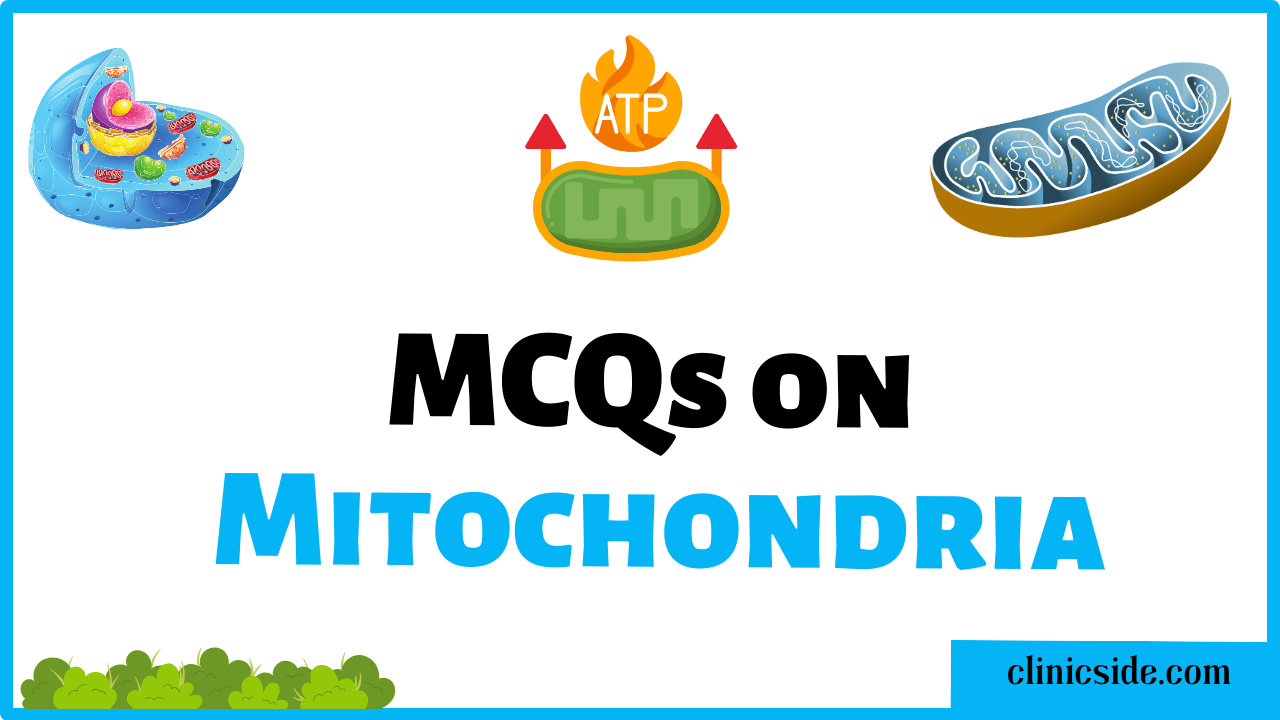Quiz
Available options: 1 to 20
Detailed Description of Topics Covered in the MCQs
Introduction to Plant Vascular System
The vascular system in plants plays a crucial role in the transport of water, nutrients, and food. It comprises specialized tissues—xylem and phloem—that work together to ensure the plant’s growth and survival. This section explores the fundamental components and their functions.
1. Components of the Vascular System
- Xylem: Responsible for transporting water and minerals from the roots to the aerial parts of the plant.
- Phloem: Facilitates the distribution of organic nutrients, particularly sugars, produced during photosynthesis.
2. Functional Roles of Xylem and Phloem
- Xylem:
- Composed of tracheids, vessels, and fibers.
- Provides structural support due to lignified walls.
- Phloem:
- Includes sieve tube elements, companion cells, and phloem fibers.
- Ensures the active and pressure-driven transport of food.
3. Structural Adaptations
- Sieve Tubes: Specialized for nutrient transport in phloem with perforated sieve plates.
- Tracheids and Vessels: Hollow and lignified structures in the xylem for efficient water conduction and support.
4. Mechanisms of Transport
- Water Transport in Xylem: Driven by processes like:
- Transpiration pull
- Root pressure
- Capillary action
- Food Transport in Phloem:
- Relies on active transport and the pressure flow mechanism.
5. Growth and Secondary Structures
- Role of Cambium:
- A meristematic tissue that enables secondary growth by forming secondary xylem (wood) and phloem.
- Formation of Wood: Secondary xylem accumulates to form wood in perennial plants.
6. Vascular Bundle Arrangements
- Monocots: Have closed, scattered vascular bundles.
- Dicots: Exhibit open, ring-shaped vascular bundles.
7. Vascular Systems in Different Plant Groups
- Bryophytes: Lack a vascular system and depend on diffusion for transport.
- Gymnosperms and Angiosperms: Have well-defined vascular systems for efficient transport.
8. Specialized Feature
- Pits in Xylem: Enable lateral water movement between vessels.
- Companion Cells: Associated with sieve tube elements, aiding in phloem function.
9. Supporting Structures and Their Roles
- Endodermis: Regulates the entry of water and nutrients into the vascular system.
- Fibers: Provide mechanical support within vascular tissues.
Conclusion
The MCQs cover a broad range of topics essential for understanding the structure and function of the plant vascular system. From the fundamental roles of xylem and phloem to advanced concepts like secondary growth and specialized adaptations, these questions are designed to solidify your grasp on this vital topic.





